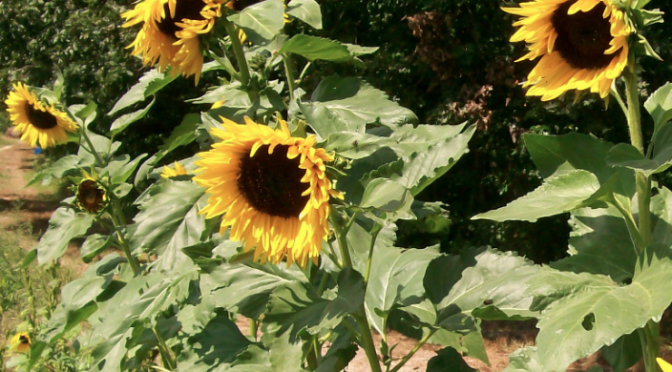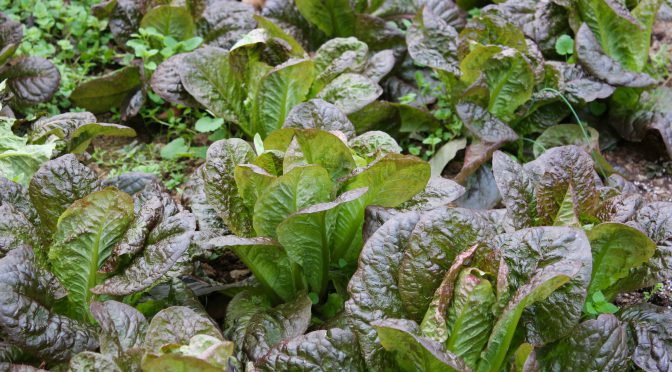With the official start of fall just a day away, planting in the garden is really winding down here in the mid-Atlantic. Both the cool weather and dwindling hours of daylight mean that plants require more time to get established and grow to harvest. One quick crop you can still sneak in is radishes.
Great Fall Varieties
Here are a few varieties you can sow this time of year in the Mid-Atlantic and Southeastern United States.
Miyashige White Fall Daikon Radish
Juicy and flavorful, this variety is usually harvested when 12 in. long and 2-3 in. in diameter, though it will grow much larger!
Great for no-till systems and breaking up compacted soil!
This is our favorite fall radish and is very forgiving. It will still bulb up even if it’s crowded or thinned late.
Sneak this quick-growing variety in this fall. It’s ready to harvest in just 25 days.
How to Grow Fall Radishes
Most fall type radishes do best in cold weather but you don’t want to wait too long to sow them. We recommend sowing them 5-10 weeks before your first fall frost date. Sow seeds, 3/4” apart, 1/2” deep in rows 8-12” apart. Fall radishes should be thinned to wider spacing than spring radishes about 4-6” apart.
When to Harvest
You can begin harvesting radishes as soon as you’re happy with their size and incorporate them into salads and other dishes. You should harvest all of your radishes before temperatures dip below 20°F. If you live in a place with a mild winter you can leave radishes in the ground and harvest them as needed.
The exact size your radishes reach will depend upon how early you plant and the variety of radish you select.
Storing Radishes
Radishes can be stored in a root cellar or the crisper drawer of your fridge. They can be stored for 2-3 months.
Gently brush off excess dirt and trim the tops off. If you’re storing them in the fridge, wrapping them in a damp cloth can help keep them good for longer. If you’re storing them in a root cellar, bury them in totes of damp sand. It’s easiest to do one layer at a time and make sure the radishes aren’t touching each other.
Ways to Use Radishes
Radishes are incredibly versatile root crops that are an excellent choice for the fall garden. They can be added to a variety of dishes through the early winter.
- Use them as a cover crop to break up hard-packed soil.
- Grate them and add them to kimchi.
- Pickle them.
- Make radish leave pesto.
- Roast them with a bit of olive oil, seasoning, and other root veggies.
- Add them to fresh salads.
- Grate them up for spring rolls and wraps.
- Sauté the tops as you would other greens.




